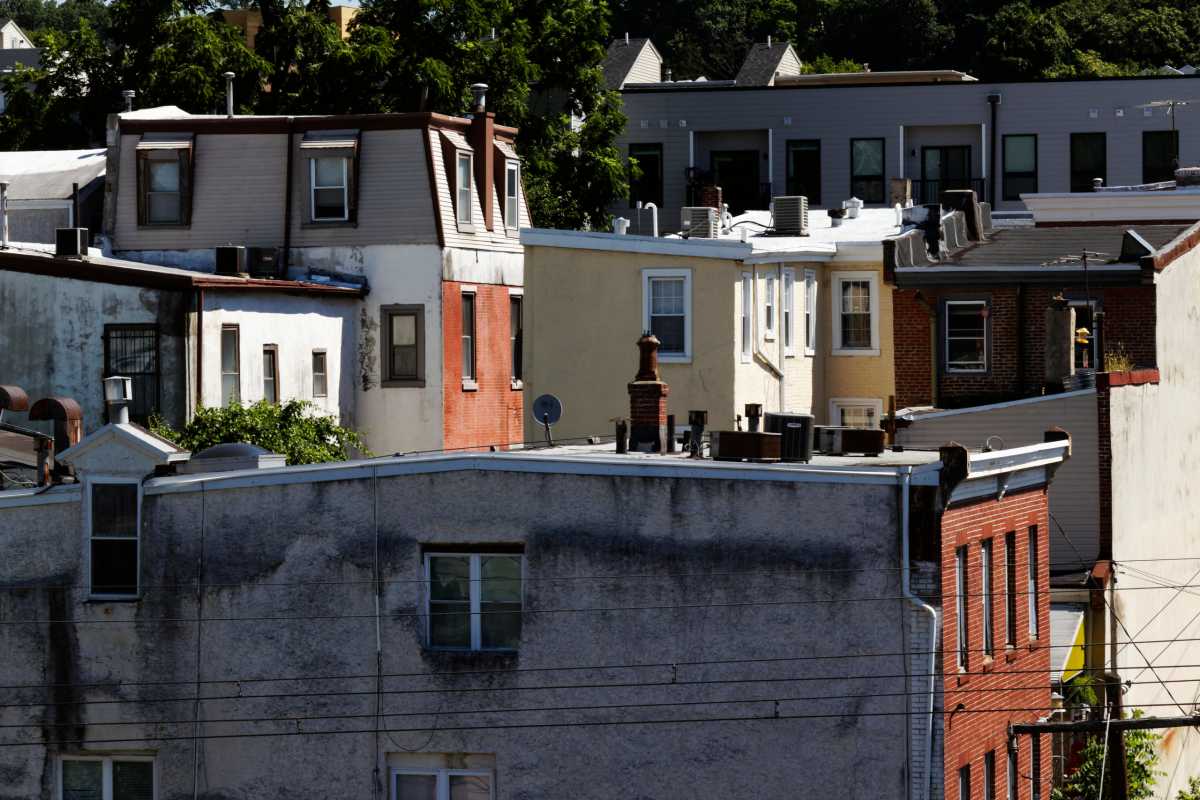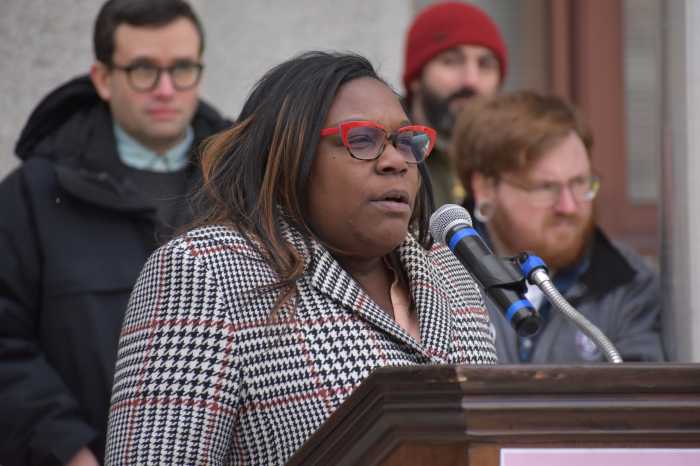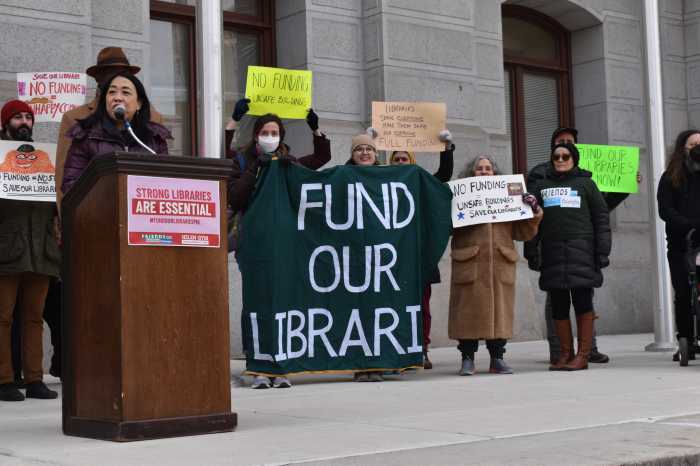Thousands of Philadelphians awoke Monday to new property tax assessments — with many finding out they will be paying more to City Hall next year.
“My phone has been ringing off the hook already from people calling about this,” City Councilmember Katherine Gilmore Richardson said during a virtual hearing.
Hours after the new valuations were uploaded online, lawmakers spent three hours questioning leaders from the city’s Office of Property Assessment, which calculated that residential properties in Philadelphia increased by 31% since the last reassessment three years ago.
In some sections of the city, average assessments were reportedly up 50%.
After expressing frustration with the process, Councilman David Oh concluded: “I do think at the end of the day there is something that Council has to do about this situation.”
“There will be something that this Council will do about this situation,” responded Council President Darrell Clarke. “Trust me.”
Council, during the hearing, which was part of the city’s budget process, expressed concerns about the amount of time residents have to appeal their assessment; the impact on seniors and people of color; OPA’s transparency; and the effect of new development.
Property owners can view their assessment for the 2023 tax year by searching for their address at property.phila.gov. Residents can also call 215-686-9200.
Mailed notices likely won’t be sent out for months, with Chief Assessment Officer James Aros Jr. saying his office intends to distribute them by Sept. 1, at the latest. He cited a nationwide envelope shortage for the delay.
If the letters don’t arrive until September, homeowners would have just a few weeks before the Oct. 3 deadline to file an appeal with the Board of Revision of Taxes.
“It’s not good enough because we won’t have time to get the word out to our constituents,” Gilmore Richardson said. “We won’t have time to reach every person to help them with this process.”
Lawmakers advocated extensive outreach, with Councilmember Mark Squilla adding that not all are “going to be savvy enough to go online” to view their property’s new value.
In addition to BRT appeals, homeowners can submit a First Level Review, during which OPA will reconsider their assessment. FLR forms likely will not be available until notices are mailed, and they cannot be completed online.
Jamie Gauthier, a councilmember whose district is based in West Philadelphia, told OPA officials that many of her constituents “will see their new assessments online and will be blown away by the on-average 50% increase.”
Changes in the city’s residential market, particularly in certain areas, have been substantial over the last few years, Aros noted.
Councilmember Maria Quinones Sanchez said she is worried about long-time residents of Norris Square and Kensington being affected by higher values in nearby Fishtown, which has experienced a development boom.
“This is going to be devastating for South Kensington,” she said, adding that many could be forced to move out of the neighborhood.
Clarke argued existing homeowners are being squeezed by new development, going on to mention a ballot question that will be decided next Tuesday that would give Council leaders greater control of the Zoning Board of Adjustment.
“I don’t want the developers to freak out,” he added. “I’m just looking out for the people that are getting these crazy tax bills.”
Mayor Jim Kenney’s administration has proposed dedicating the additional revenue from the assessments — estimated at $460 million over five years — to tax breaks and relief initiatives.
Part of the plan is increasing the Homestead Exemption, available to all owner-occupied properties, by $20,000, to $65,000, which would be deducted from the home’s tax valuation.
Kenney wants to devote an extra $5 million to the Longtime Owner Occupants Program, known as LOOP, which is currently capped at $25 million. Qualifying residents can shield their evaluation from future increases.
The mayor’s proposal also calls for a wage tax cut, lowering the rate for Philadelphians from just under 3.84% to 3.7% over two years.
“Every single penny that will come to the general fund through this property assessment is going back in the form of relief,” Kenney’s finance director, Rob Dubow, said Monday.
Aros said a recent study from the International Association of Assessing Officers found that OPA’s latest assessment is within industry standards.
Previous reports, including an audit conducted by City Council in 2019, found the office was not following widely-accepted guidelines.
OPA did not reevaluate properties during the last two tax years due to the COVID-19 pandemic and a transition to a new computer-assisted assessment software.
Most Philadelphia homeowners qualify for at least one tax relief program. Information on how to make your tax bill more affordable is available online.




























